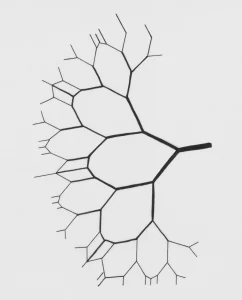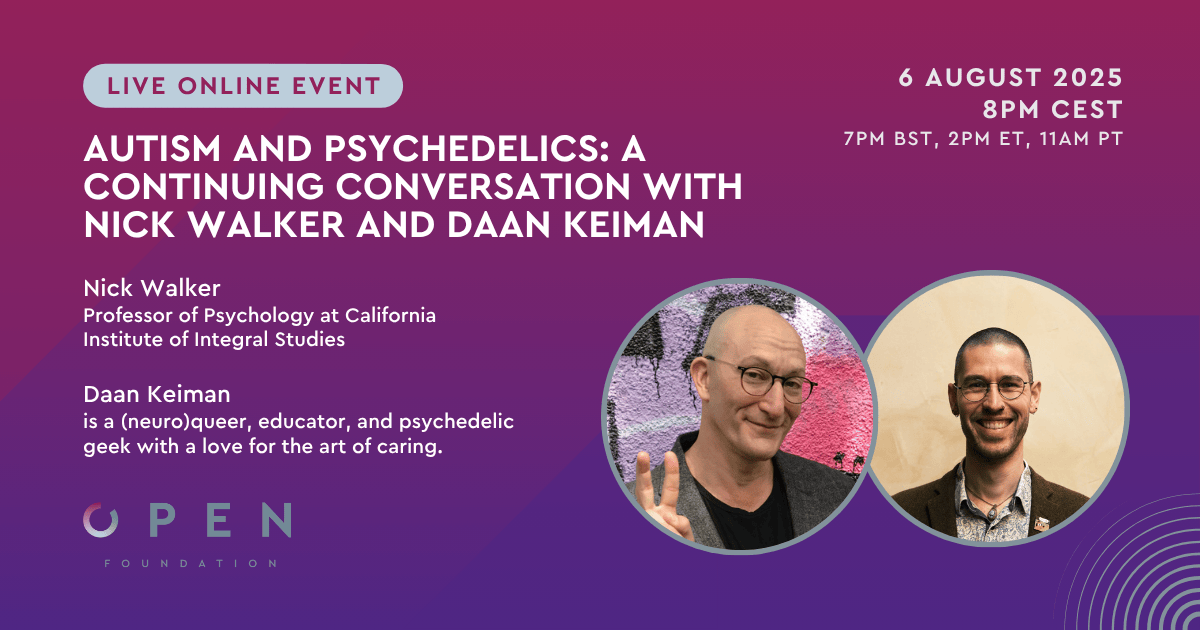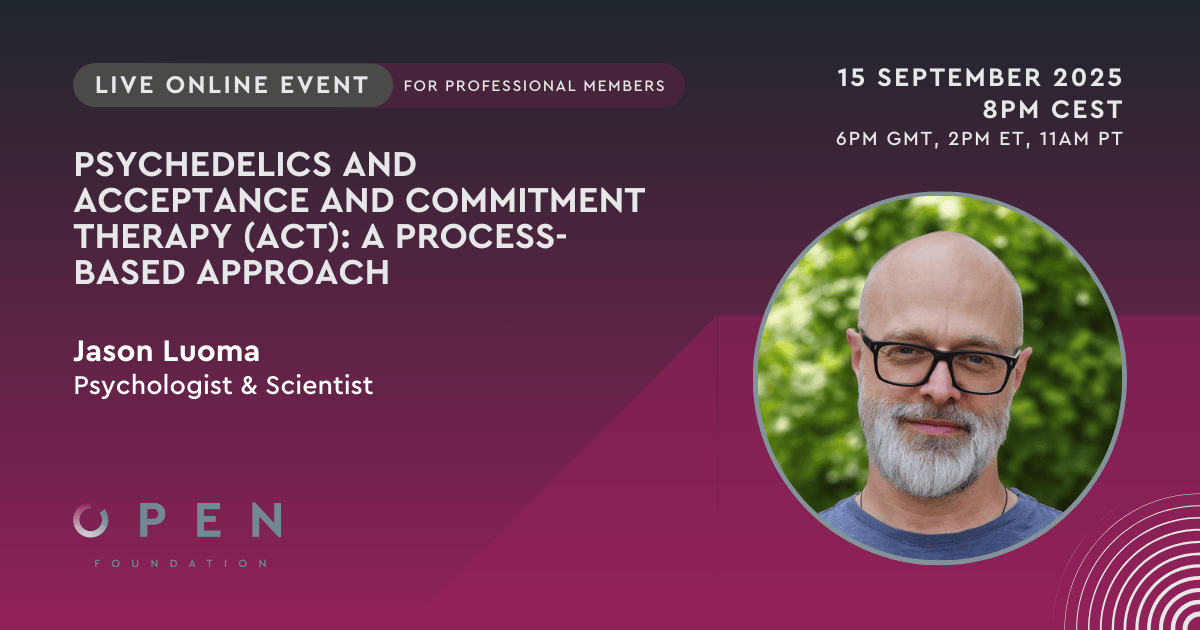Abstract
INTRODUCTION:
Continuous video-electroencephalographic (EEG) monitoring remains the gold standard for seizure liability assessments in preclinical drug safety assessments. EEG monitored by telemetry was used to assess the behavioral and EEG effects of noribogaine hydrochloride (noribogaine) in cynomolgus monkeys. Noribogaine is an iboga alkaloid being studied for the treatment of opioid dependence.
METHODS:
Six cynomolgus monkeys (3 per gender) were instrumented with EEG telemetry transmitters. Noribogaine was administered to each monkey at both doses (i.e., 160 and 320mg/kg, PO) with an interval between dosing of at least 6days, and the resulting behavioral and EEG effects were evaluated. IV pentylenetetrazol (PTZ), served as a positive control for induced seizures.
RESULTS:
The administration of noribogaine at either of the doses evaluated was not associated with EEG evidence of seizure or with EEG signals known to be premonitory signs of increased seizure risk (e.g., sharp waves, unusual synchrony, shifts to high-frequency patterns). Noribogaine was associated with a mild reduction in activity levels, increased scratching, licking and chewing, and some degree of poor coordination and related clinical signs. A single monkey exhibited brief myoclonic movements that increased in frequency at the high dose, but which did not appear to generalize, cluster or to be linked with EEG abnormalities. Noribogaine was also associated with emesis and partial anorexia. In contrast, PTZ was associated with substantial pre-ictal EEG patterns including large amplitude, repetitive sharp waves leading to generalized seizures and to typical post-ictal EEG frequency attenuation.
INTERPRETATION:
EEG patterns were within normal limits following administration of noribogaine at doses up to 320mg/kg with concurrent clinical signs that correlated with plasma exposures and resolved by the end of the monitoring period. PTZ was invariably associated with EEG paroxysmal activity leading to ictal EEG. In the current study, a noribogaine dose of 320mg/kg was considered to be the EEG no observed adverse effect level (NOAEL) in conscious freely moving cynomolgus monkeys.
Authier, S., Accardi, M. V., Paquette, D., Pouliot, M., Arezzo, J., Stubbs, R. J., … & Weis, H. (2016). Functional neurotoxicity evaluation of noribogaine using video-EEG in cynomolgus monkeys. Journal of pharmacological and toxicological methods, 81, 306-312. 10.1016/j.vascn.2016.04.012
Link to full text
Continuous video-electroencephalographic (EEG) monitoring remains the gold standard for seizure liability assessments in preclinical drug safety assessments. EEG monitored by telemetry was used to assess the behavioral and EEG effects of noribogaine hydrochloride (noribogaine) in cynomolgus monkeys. Noribogaine is an iboga alkaloid being studied for the treatment of opioid dependence.
METHODS:
Six cynomolgus monkeys (3 per gender) were instrumented with EEG telemetry transmitters. Noribogaine was administered to each monkey at both doses (i.e., 160 and 320mg/kg, PO) with an interval between dosing of at least 6days, and the resulting behavioral and EEG effects were evaluated. IV pentylenetetrazol (PTZ), served as a positive control for induced seizures.
RESULTS:
The administration of noribogaine at either of the doses evaluated was not associated with EEG evidence of seizure or with EEG signals known to be premonitory signs of increased seizure risk (e.g., sharp waves, unusual synchrony, shifts to high-frequency patterns). Noribogaine was associated with a mild reduction in activity levels, increased scratching, licking and chewing, and some degree of poor coordination and related clinical signs. A single monkey exhibited brief myoclonic movements that increased in frequency at the high dose, but which did not appear to generalize, cluster or to be linked with EEG abnormalities. Noribogaine was also associated with emesis and partial anorexia. In contrast, PTZ was associated with substantial pre-ictal EEG patterns including large amplitude, repetitive sharp waves leading to generalized seizures and to typical post-ictal EEG frequency attenuation.
INTERPRETATION:
EEG patterns were within normal limits following administration of noribogaine at doses up to 320mg/kg with concurrent clinical signs that correlated with plasma exposures and resolved by the end of the monitoring period. PTZ was invariably associated with EEG paroxysmal activity leading to ictal EEG. In the current study, a noribogaine dose of 320mg/kg was considered to be the EEG no observed adverse effect level (NOAEL) in conscious freely moving cynomolgus monkeys.
Authier, S., Accardi, M. V., Paquette, D., Pouliot, M., Arezzo, J., Stubbs, R. J., … & Weis, H. (2016). Functional neurotoxicity evaluation of noribogaine using video-EEG in cynomolgus monkeys. Journal of pharmacological and toxicological methods, 81, 306-312. 10.1016/j.vascn.2016.04.012
Link to full text













